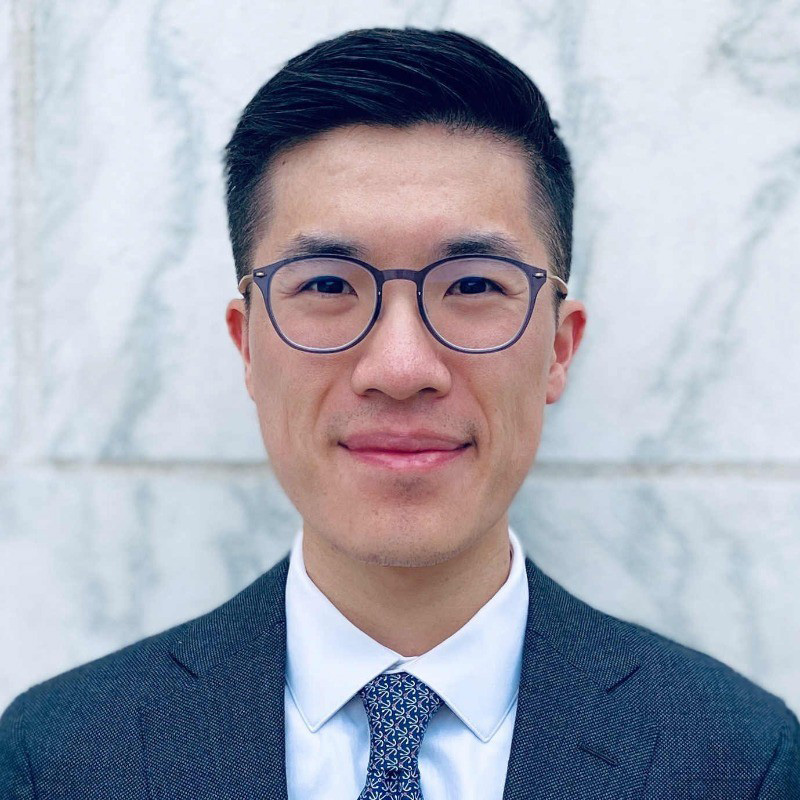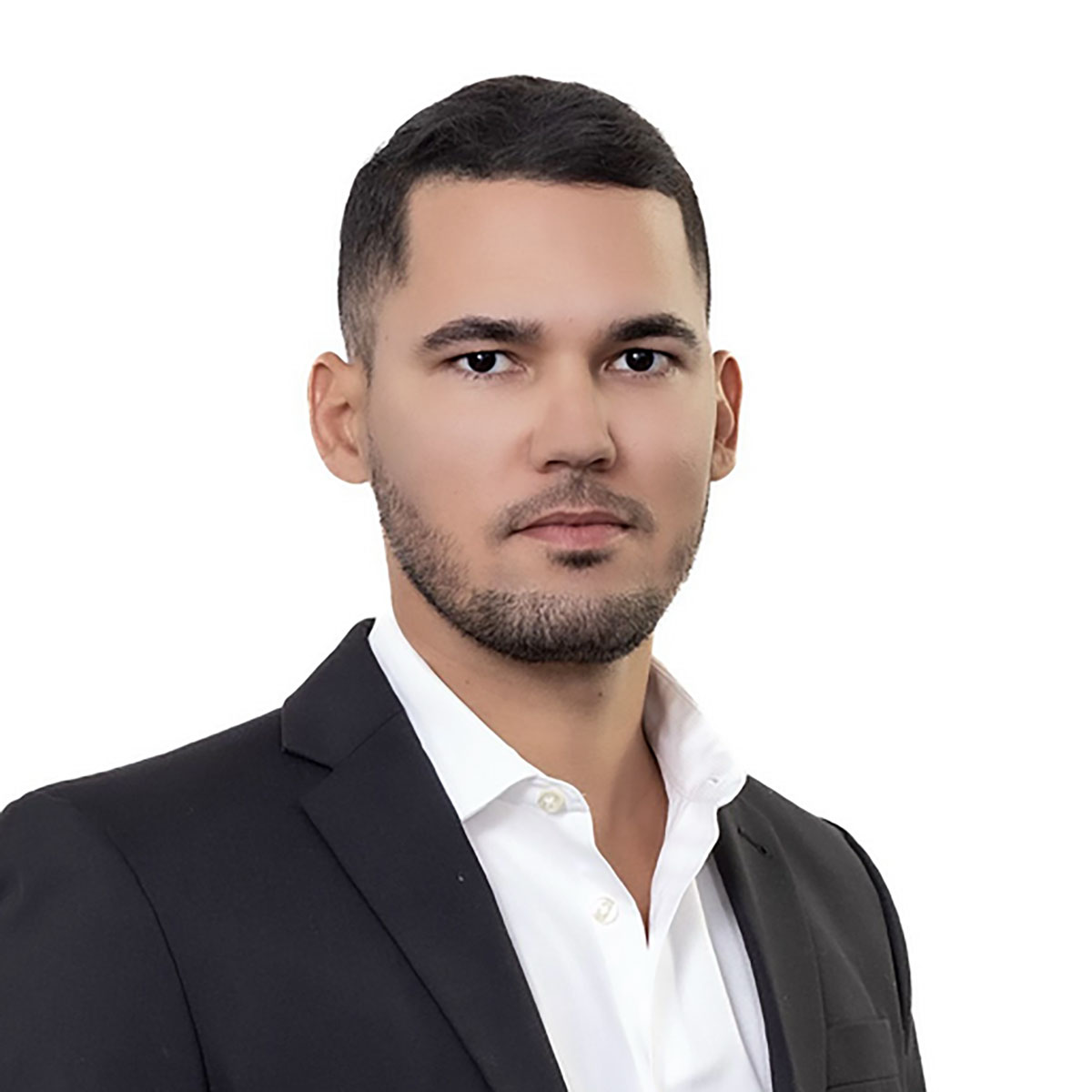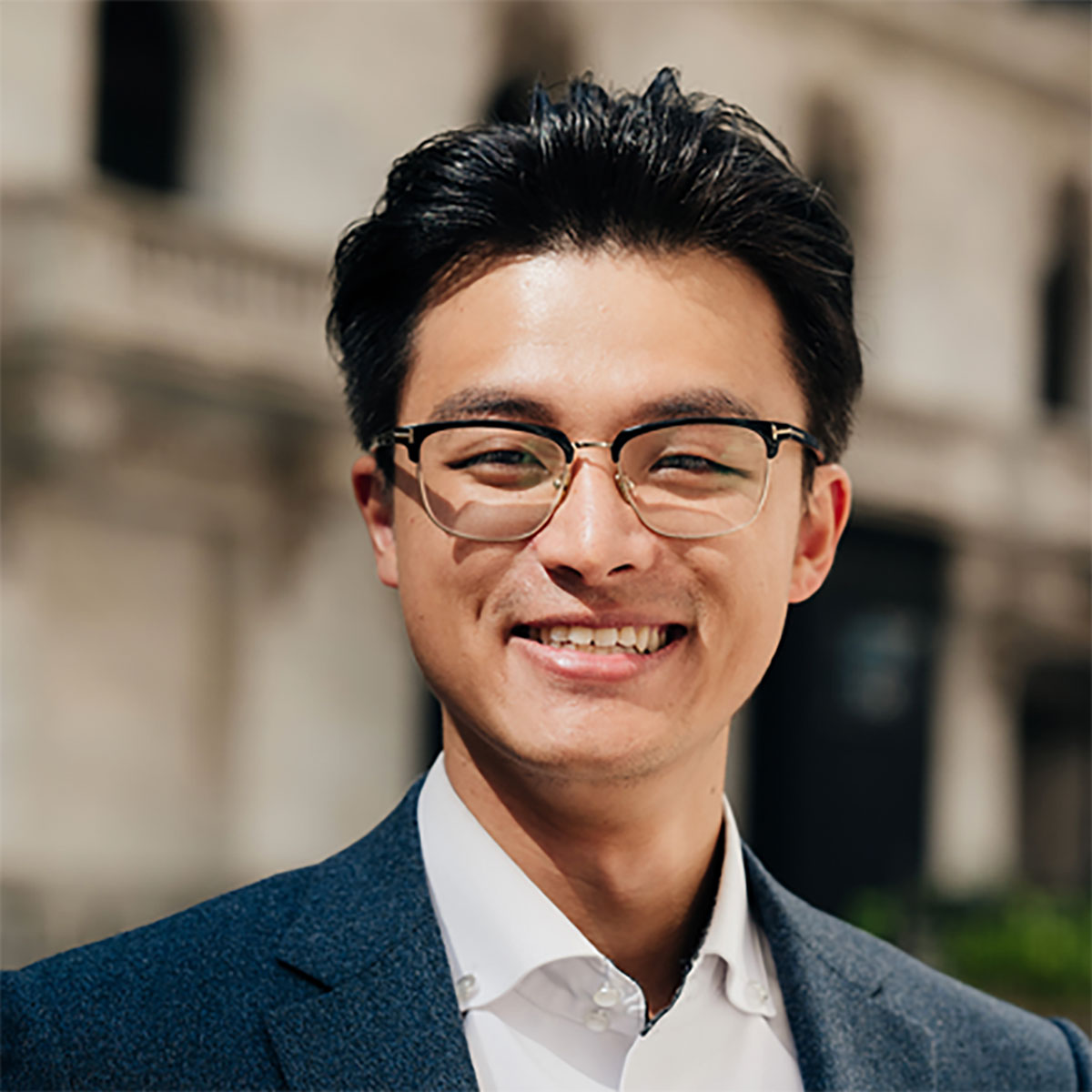Key takeaways
- Eye strain symptoms usually subside within an hour of resting your eyes or stopping the activity that caused them.
- If your eye strain persists for several hours or days, it may indicate an underlying issue, such as uncorrected vision problems or dry eye syndrome.
- The most common culprit is “Digital Eye Strain” or “Computer Vision Syndrome,” which is caused by prolonged screen use and excessive screen time on digital devices, such as computers, smartphones, and tablets.
Overview
You’ve finished a long day of work, staring at your computer for hours, and now your eyes feel it. They’re tired, achy, and you might even have a nagging headache setting in.
It’s a classic case of eye strain, a problem that has become incredibly common in our screen-filled world, especially in today’s digital world. If you’re experiencing this, your first questions are likely: “How long is this going to last?” and “What can I do about it, right now?”
The good news is that for most people, eye strain is a temporary condition. However, understanding why it happens—often due to prolonged use of digital screens—and how long it persists is key to managing it effectively and knowing when it might be a sign of something more serious.
This article breaks down everything you need to know about the duration of eye strain, its underlying causes, and simple, effective strategies to help your eyes recover quickly.
What exactly is eye strain?
Eye strain, clinically known as asthenopia, is a condition that occurs when the eyes become tired from prolonged or intense use. Think of it as a workout for your eye muscles. When you focus on a single task for an extended period—such as reading, driving, or staring at a screen—your ciliary muscles inside the eye must work continuously to maintain focus. Intense focus during these activities can contribute to eye muscle fatigue. This prolonged effort can lead to fatigue and discomfort.
According to a study on the physiology of eye strain, symptoms of eye strain can manifest as internal symptoms (aches inside the eye) or external ones like burning and irritation on the surface of the eye. These are typical symptoms of eye strain. It’s your body’s way of telling you that your eyes need a break.
How long does eye strain last?
For most people, relief from eye strain is just around the corner. However, the duration of eye strain varies depending on individual factors and the nature of the activity.
Typically, symptoms will disappear within an hour after you stop the visually demanding activity. If you’re wondering how long eye strain lasts, most cases resolve within a few hours, especially if you take a screen break and rest your eyes. If you spend your afternoon working on a spreadsheet and develop a headache, taking a screen break and resting your eyes should bring significant relief relatively quickly.
However, the duration can be influenced by several factors that affect your recovery time. Eye strain typically resolves quickly, but if your eye strain is accompanied by other symptoms, such as a tension headache or neck pain resulting from poor posture, those may linger a bit longer. If you don’t remove the cause—for example, if you go right from your work computer to scrolling on your phone for an extended period—the symptoms will likely persist or return.
Why is your eye strain sticking around?
If you find that your eye strain lasts for several hours or even days, or if you experience frequent or constant eye strain, it’s a signal that there might be an underlying issue that needs to be addressed. Severe eye strain can persist for more extended periods and may require more time to recover. Taking frequent breaks and regularly reducing screen time is essential for alleviating eye strain and reducing symptoms. Managing eye strain involves making lifestyle changes, such as adjusting your work habits, and seeking professional advice if discomfort persists. Here are the most common reasons for persistent eye strain:
1. Digital eye strain (or Computer vision syndrome)
This is the big one. Research indicates that up to 90% of individuals who use digital devices for two or more hours a day experience symptoms of digital eye strain. These symptoms can include eye fatigue, blurred vision, headaches, dry eyes, and even neck and shoulder pain, which are often linked to poor posture during prolonged screen exposure.
Staring at computer screens is different from reading a printed page. The text is usually not as sharp, there’s glare and reflections to deal with, and we tend to blink less, which leads to dry, irritated eyes.
In addition, improper workspace lighting and incorrect computer monitor setup can contribute to discomfort and exacerbate digital eye strain. A comprehensive review on the topic highlighted that symptoms can range from eye fatigue and blurred vision to headaches and pain in the neck and shoulders.
2. Uncorrected vision problems
If you are nearsighted, farsighted, or have astigmatism and aren’t wearing the correct prescription, uncorrected refractive errors force your eyes to work much harder to focus.
Astigmatism, caused by an irregular curve of the eye’s lens, can lead to blurry or distorted vision and eye strain. Presbyopia, which makes it difficult to focus on nearby objects, also contributes to eye discomfort.
Symptoms such as blurry vision or distorted vision may worsen if refractive errors are not corrected. Even minor, uncorrected vision errors can cause significant discomfort throughout the day. Using prescription glasses or contact lenses can help fix these issues, reduce eye strain, and improve visual clarity.
3. Dry eye syndrome
When you don’t produce enough quality tears to lubricate your eyes, you can experience dryness, burning, and a gritty sensation—all symptoms that overlap with eye strain.
As mentioned, people blink up to 66% less when staring at a screen, which is a major contributor to dry eyes during computer use.
4. Environmental factors
Poor lighting—whether it’s too dim or too bright—can force your eyes to strain to see clearly. Whenever possible, use natural light to achieve balanced illumination and reduce eye strain.
Glare from a window or harsh overhead lighting can also be a significant source of discomfort. Proper lighting not only improves comfort but also supports long-term eye health.
Proven strategies to relieve eye strain quickly
You don’t have to just put up with tired, achy eyes. These expert-recommended strategies can provide fast relief, reduce eye strain, and promote comfortable vision to help prevent future episodes.
If symptoms persist, consult an eye care professional for appropriate treatment tailored to your needs.
The 20-20-20 Rule: Your eyes’ best friend
This is the most recommended method for a reason: it works. The concept is simple: Every 20 minutes, take a 20-second break to view something at least 20 feet away.
Taking breaks like this is the core of the 20-20-20 rule and helps prevent and alleviate eye strain. Doing this relaxes your eye’s focusing muscle, reducing fatigue. Set a timer to remind yourself until it becomes a habit.
Optimize your workspace and device settings
A few minor adjustments can make a huge difference:
- Adjust your screen: Position your monitor about 25 inches, or an arm’s length, away from your face. The top of the screen should be at or slightly below eye level.
- Minimize glare: Use an anti-glare screen filter and adjust lighting to prevent reflections. You can find helpful guides on setting up an eye-friendly workspace on tech sites like BenQ.
- Blink more often: Make a conscious effort to blink thoroughly and frequently to keep your eyes moist and healthy.
Use artificial tears
If your eyes feel dry, over-the-counter lubricating eye drops (artificial tears) can provide immediate relief. Use them even before your eyes start to feel uncomfortable to maintain moisture.
Consider computer glasses
For those who spend most of their day in front of a computer, specialized computer glasses can be a game-changer. These glasses are designed to optimize your vision for intermediate distances, such as a computer screen.
Some lenses also include coatings that filter blue light, which some studies suggest may help reduce digital eye strain for some individuals.
When should you see a doctor for eye strain?
While usually temporary, you should schedule an appointment with an eye doctor if you experience any of the following:
- Your eye strain or eye discomfort persists for more than a few days, even after you’ve tried to rest your eyes or use self-care measures.
- You experience a sudden vision change, see floaters, or have severe eye pain.
- A severe headache or double vision accompanies the discomfort.
- You find that eye strain regularly interferes with your ability to perform daily tasks.
- If symptoms persist despite self-care, as ongoing eye discomfort may indicate an underlying condition that requires professional evaluation.
A comprehensive eye exam can rule out any underlying conditions and ensure your prescription is up to date.
Bottom line
For most of us, eye strain is a temporary annoyance that resolves with rest and some simple preventive measures. By understanding its causes and actively using strategies like the 20-20-20 rule, you can keep your eyes feeling comfortable and healthy. Listen to your body—if your eyes feel tired, give them the break they deserve.
Frequently asked questions (FAQs)
- Can eye strain cause permanent damage?
Generally, no. The discomfort from eye strain is temporary and does not lead to permanent damage to your eyes or vision. However, it can be a symptom of an underlying condition that does require treatment, so persistent issues shouldn’t be ignored.
- How can I tell if my headache is caused by eye strain?
An eye strain headache is often described as a dull, aching pain behind or around the eyes. It typically occurs after a long period of focusing on a task and usually gets better with rest.
- Do blue light glasses work for eye strain?
The evidence is still emerging, but some research and many users report that blue light filtering lenses can help reduce symptoms of digital eye strain. They may be beneficial for people who are sensitive to light or work in low-light conditions.
Reference
- Kaur, K., Gurnani, B., Nayak, S., Deori, N., Kaur, S., & Jedge, K. (2022). Digital eye strain-a comprehensive review. Ophthalmology and Therapy, 11(5), 1655-1880. Used for: Citing the wide range of symptoms associated with Digital Eye Strain.
- Coles-Brennan, C., Sulley, A., & Young, G. (2019). Management of digital eye strain. Clinical and Experimental Optometry, 102(1), 18-29. Used for: Supporting the recommendation of computer glasses with blue light filtering.
- Long, J., Cheung, R., Duong, S., Paynter, R., & Asper, L. (2017). Viewing distance and eyestrain symptoms with prolonged viewing of smartphones. Clinical and Experimental Optometry, 100(2), 133-137. Used for: General background on the link between device viewing and eye strain symptoms.
- Sheedy, J. E. (2007). The physiology of eyestrain. Journal of Modern Optics, 54(2), 237-247. Used for: Defining asthenopia and explaining the physiological cause of eye strain.
- Rosenfield, M. (2016). Computer vision syndrome (aka digital eye strain). Optometry in Practice, 17(1), 1. Used for: Citing the high prevalence of digital eye strain among device users.









